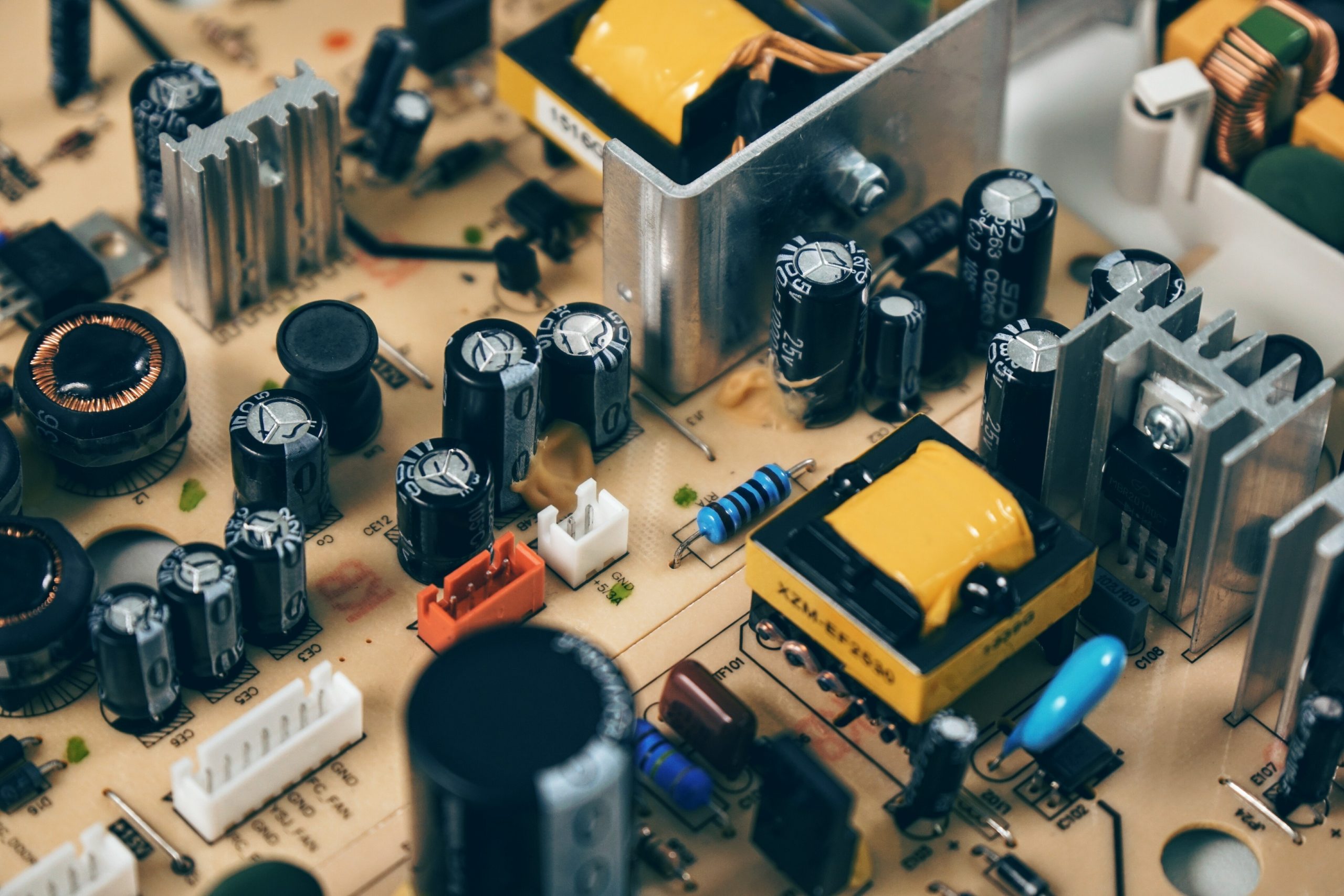31 Mar What You Need to Know About PLCs

What You Need to Know About PLCs
Automation is all around us. When you look at different industries across Australia, you can see that much of their daily operations are automated. With such advances in technology, some jobs have been eliminated and replaced with new, more technical ones. Among them are PLC programming roles, which are experiencing rapid growth and opportunity with the increase of automation across different industries in Australia.
In this post, we’ll take a closer look at the role of PLCs (Programmable Logic Controllers) in a variety of industries, the most common PLC failures, and the benefits of PLC repair and maintenance services.
Programmable Logic Controller (PLC): Definition
Programmable Logic Controllers (PLCs) are industrial computer control systems that are used across a variety of industries such as manufacturing, oil/gas, and transportation. As their name suggests, they monitor and adjust the state of input devices and make adjustment decisions based on pre-programmed logic. These controllers are mainly used to control mechanical equipment by allowing users to program specific events.
Programmable Logic Controllers (PLCs) are found in nearly every manufacturing facility in the world. If a manufacturing plant has automated equipment in it, then it has PLCs. These controllers have evolved to give users the ability to control things including power control, process control, and motion control – all of which are used in various processes.
How exactly do PLCs work?
The operation of all PLCs involves four basic steps:
Input Scan
The controller first examines all the input devices that are connected to it. After scanning the information, it then stores it in memory.
Program Execution
Next, the controller runs the user-created application program. It then executes the instructions based on this information.
Communications and Internal Diagnostics
Once it executes programming instructions, the controller then performs the internal diagnostic functions and communication tasks, which include communicating with programming terminals, etc.
Output Scan
Finally, the controller updates the outputs (energises/de-energises) as required. Then it begins the cycle all over again.
4 Common Causes Why PLCs Fail
While PLCs are designed to operate in harsh environments, they can still malfunction.
Let’s go over some of the reasons below:
1. Excess Heat
Excess heat is one of the biggest dangers for electronic components in PLCs. Typically, PLC systems are surrounded by heat-emitting equipment. If not properly safeguarded, it could be at risk of failure. All equipment should be maintained at temperatures well below the maximum threshold specified by the manufacturer, otherwise, the PLC could overheat and fail to work properly.
2. Humidity
Humid environments also have a damaging effect on PLCs, and electronics generally. The controller might suddenly stop working if condensation goes undetected within the PLC system. A facility could temporarily shut down due to heat-related and humidity problems. The corrosive effects of condensate and contamination can damage components, PC tracks and cause erratic operation or permanent failure.
Manufacturing facilities with HVAC systems should have a cooling setting set to a level that will keep the area around the PLC at a cool but non–condensing temperature – above the local dew point temperature. The PLC shouldn’t be at risk of performance problems caused by heat and moisture if it operates well within the temperature levels recommended by manufacturers.
3. Ground Integrity
Grounding performs both a mandatory safety function and reduces conducted and radiated electrical noise from affecting the stability of the PLC interfaces. During maintenance checks, an inspector should examine earthing, grounding and cable shields.
4. Corrupted Memory
External factors like disruptions of power and line transients are the usual culprits behind corrupted memory in PLCs. It is very rare, but code can become unreadable by the central processing unit. If a PLC is not able to shut down properly due to a sudden loss of power, it might not read properly once a user starts it back up.
This is why all the data should be copied to a redundant storage unit to prevent memory loss in PLCs. As for the redundant copies, they of course must be kept away from sources of radio frequency interference, electromagnetic interference, or any source of heat.
Manage the Risks of PLC System Failures
Facility engineers follow procedural steps to ensure all parts are connected at all ends and also reduce the possibility of PLC issues. Even the most well maintained electronic components in large facilities fail and need industrial electronic repair.
Whether you own a piece of hydraulic equipment or servo motor that runs with a PLC system that has failed, you can have it back in working condition when you hire PLC repair services.
Repairing your existing PLC, instead of fitting a new, different unit, removes the requirement for retrofitting and reprogramming, gets your system or process back online quicker, saves possible retraining and is more economical.
Regardless of the make and model of your equipment, call our helpful team at Integra Drive and Automation Services to have it repaired.


